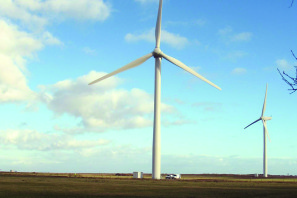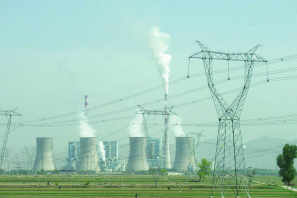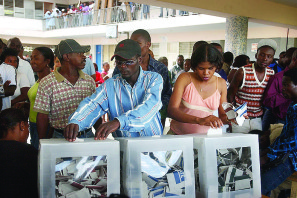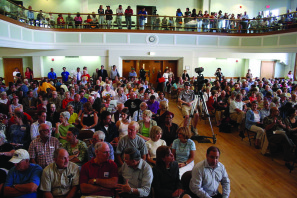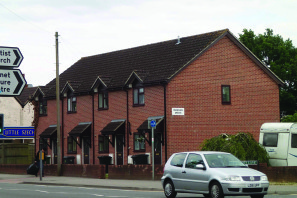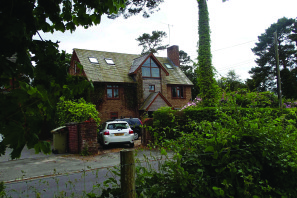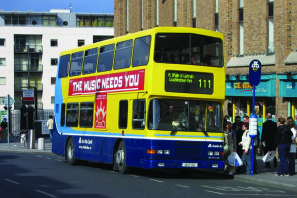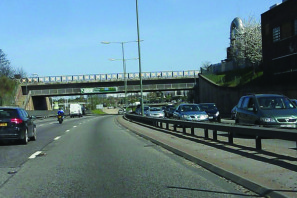About this Collection
What do I want to find out?
What pupils consider to be important for the life of a community, the extent to which they take into account the needs of others.
What do I need?
- 30 picture cards with captions. The cards should be grouped into sets by theme: transport, trade (shopping & food), healthcare, law and order, democracy (participation), housing, places to go (leisure), energy, waste.
- For younger pupils: labels saying ‘most important’ and ‘least important’.
- For older pupils: A target drawn on a sheet of A2 paper, or on your whiteboard.
What do I do?
For younger pupils
Timing: 15 minutes for five themes
- For a whole class activity place each set of cards on a separate table.
- If the activity is being done with small groups of pupils show them one set at a time.
- Ask the pupils to “Imagine a new town is going to be built nearby and the people building it want to know what you think it should be like”.
- Ask the pupils to think about each set in turn and choose the most important and least important card for each, placing it by the appropriate label.
- Make a note of their choices by taking a photograph.
- For each set of cards give a score of 3 to the pictures chosen as most important by each group of pupils, 1 for second place and 0 for the least important.
- Ask pupils to explain why they made the choices they did.
For older pupils
Timing: 30 minutes
- Give each pupil one of the picture cards.
- Write “essential” in the middle of the target, “important” a little bit further from the centre and “not important” furthest from the centre.
- In answer to the question: “What makes a good community?” each pupil in turn places their picture on the target in the appropriate section, without discussion.
- Ask all the pupils to look carefully at the results.
- Tell them that if there is a picture in a position that they don’t agree with e.g. it is in the essential (middle) position, but they consider it to be not important for a good community, they should turn the picture over.
- Check that everyone has evaluated the results and turned over all the pictures they would have placed in a different position. Stick all the pictures which are still face up into place, since everyone agrees on them they require no discussion.
- Now turning the remaining pictures face up, one at a time. With each one ask the pupil who placed the picture initially to explain their choice of position, and the pupil who turned it over to justify their action, explaining how they would have placed it differently.
- The wider group can discuss the merits of the arguments and reach a consensus on where in the target the picture should be placed.
- As each picture is discussed and its position agreed, stick it down.
- Photograph or keep the target chart. Note which photos were uncontroversial and which required negotiation.
- Record the key points from the discussion.
How do I analyse the results?
- Consider the reasons given for their positioning of the pictures e.g. public transport may be ranked as “not important” by some pupils because they prefer to travel by car, but by others may consider it “essential” because it is vital to many wheelchair users.
- Are the reasons reflecting an awareness of and concern for the needs of the whole community?
How do I measure the change?
- Younger pupils can repeat the activity as a follow-up, preferably at least a year later. Note what has changed – do they show an increased awareness of who their neighbours are and the needs of the whole community?
- Older pupils can revisit their baseline responses as a follow-up. Ask them whether they would change their responses in the light of their learning. Explore whether they show increased awareness and concern for the needs of the whole community. If so can this be linked to actions they have taken for social justice and sustainability within their local or wider community?
Featured image by D-G-Seamon, available under the CC Attribution-Share Alike 2.0 Generic Licence, accessed via www.geograph.org.uk


